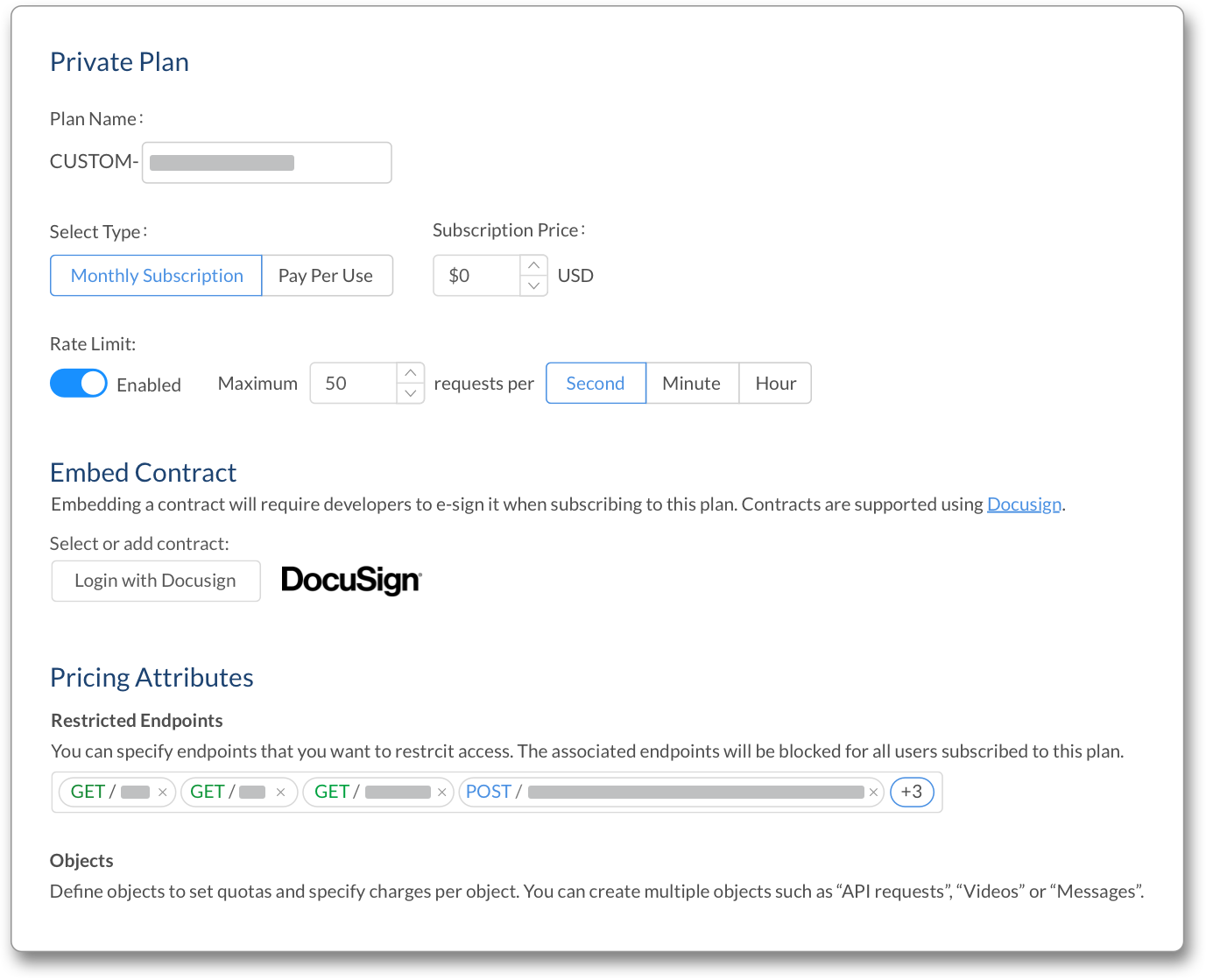Collaborate on APIs in a
Private Workspace
As companies transition to using microservices in their architectures, more APIs are created across the organization.
Consequently, it becomes more challenging for developers to find these internal APIs and reuse them when they are developing new software. And when developers subscribe to external APIs, they need a collaborative solution for sharing them internally.
RapidAPI for Teams enables you to publish, share, and connect to internal APIs, as well as external APIs, and microservices.
With RapidAPI for Teams, developers can create an organization and invite others to share internal and external APIs from a private workspace.
